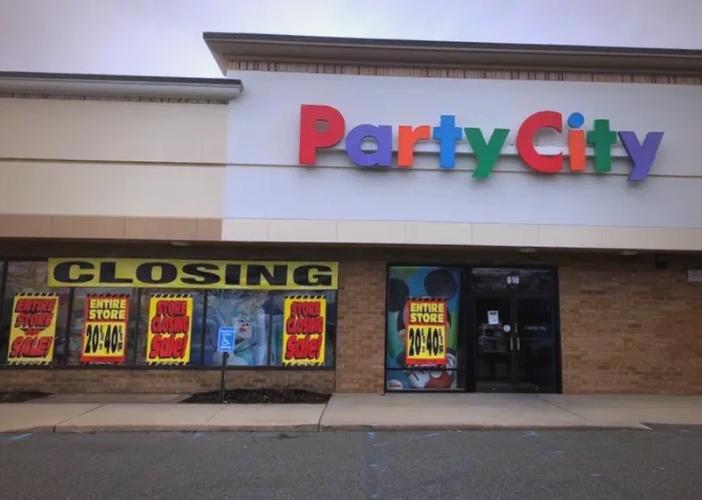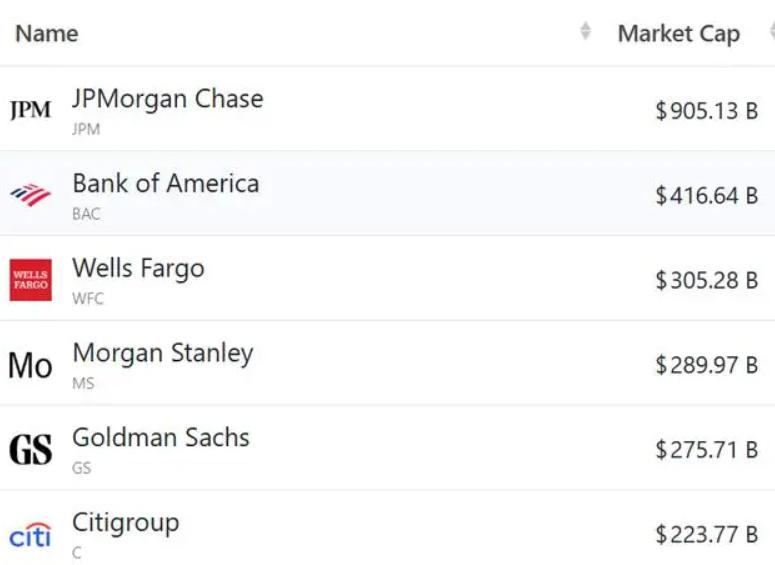
Recently, the retail industry in the United States is experiencing an unprecedented "wave of store closures", with an estimated 15,000 stores to be closed by 2025. This figure is astonishing. One of the main "driving forces" behind this is the tariff policy, which has led to the largest increase in online shopping prices in the United States in more than a decade, and has profoundly changed the landscape of the American retail industry and consumers' shopping habits.
Starting from the beginning of 2025, the United States has successively adjusted its tariff policies, imposing high tariffs on a large number of imported goods. This measure directly led to a sharp increase in the operating costs of cross-border e-commerce platforms. Many merchants were overwhelmed and could only pass on the increased costs to consumers. According to the data from the National Retail Federation of the United States, in the first quarter after the tariff adjustment, the sales of e-commerce platforms in the United States dropped by 15% year-on-year. The order volume of many small and medium-sized e-commerce enterprises sharply declined, and their operations fell into difficulties.
While e-commerce is suffering setbacks, traditional retail in the United States has not been spared either, with a surging wave of store closures. Due to poor sales and financial difficulties, the US Party supplies retailer Party City filed for bankruptcy for the second time recently and announced that it would close 700 stores across the United States. True Value, a domestic home hardware retail giant in the United States, also filed for bankruptcy protection due to poor management and was eventually acquired by its competitors. Not only these relatively small retail enterprises, but also some large chain department stores have not escaped the fate of closing stores. Macy's, Coles and others have successively announced the closure of some underperforming stores. According to data from Coresight Research, approximately 15,000 stores in the United States are expected to close in 2025, far exceeding the 7,327 in 2024 and even surpassing the 10,000 closures in 2020 during the peak of the pandemic, setting a new record high.
Apart from the price increase caused by tariffs, there are other deep-seated reasons for the "wave of store closures" in the US retail industry. In recent years, high inflation in the United States has led to a continuous increase in operating costs such as logistics and labor, directly compressing the profit margins of enterprises. The continuous interest rate hikes by the Federal Reserve have made it more difficult for enterprises to raise funds, significantly increasing financing costs and tightening cash flow, which in turn has triggered the risk of bankruptcy. The intensification of global trade frictions and technological competition has also made multinational enterprises more vulnerable in the face of changes in the external environment. Inflation and price fluctuations have a significant impact on the stability of supply chains. Some retail enterprises are facing difficulties in raw material procurement, production and transportation, etc., increasing operating costs and risks. Especially for offline retail enterprises, the competition from e-commerce platforms and the changes in consumers' shopping habits have led to a significant reduction in the foot traffic of physical stores, making it difficult for store operations to continue.
This "wave of store closures" has had multiple impacts on the US economy. The closure of a large number of stores has led to a rise in the unemployment rate, and many retail industry practitioners are at risk of unemployment. Employment in the upstream and downstream of the related industrial chain has also been affected. Meanwhile, consumers' choice space has narrowed, shopping convenience has declined, and the cost of living has also increased to a certain extent. From a macroeconomic perspective, the contraction of the retail industry may affect the pace of the overall economic recovery. As an important force driving economic growth, the sluggish trend of consumption is not conducive to the healthy development of the economy.
To deal with this crisis, American retail enterprises have taken self-rescue measures one after another. On the one hand, accelerate digital transformation, increase investment in online business, and optimize the online shopping experience to attract more consumers. On the other hand, it is necessary to strengthen cost control, optimize supply chain management, seek suppliers with better cost performance, and reduce procurement costs. Some enterprises also enhance customer stickiness and sales by innovating business models, such as launching membership systems and conducting time-limited discount activities.
The "wave of store closures" in the US retail industry is the result of a combination of multiple factors, with tariff policies merely serving as the trigger. Whether the US retail industry can break through the predicament and achieve transformation and upgrading in the future remains to be tested by time. But it is certain that this transformation will profoundly change the landscape of the retail industry in the United States and also provide experience and lessons for the development of the global retail industry.

Driven by the Trump administration's push to relax financial regulations and the recovery of investment banking business, the market value of the six major banks in the United States has cumulatively increased by approximately 600 billion US dollars by 2025.
Driven by the Trump administration's push to relax financia…
On Christmas evening, U.S. President Trump posted on social…
According to multiple foreign media reports, the recent fin…
The middle class, once regarded as the cornerstone of Ameri…
On December 19th local time, the US military launched a lar…
The Boxing Day sunshine should have cast a false glow of pr…